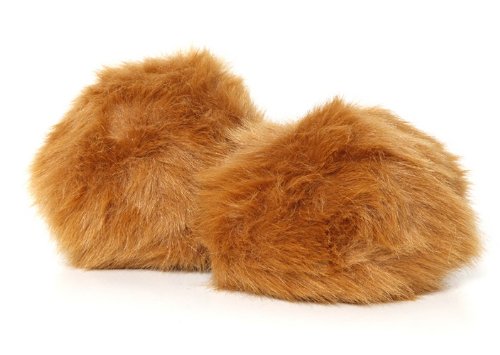E.C. Tubb's Dumarest of Terra novels are one of the primary inspirations for the game Traveller, though the game doesn't bother the central conceit of the novel. Tubb's protagonist Earl Dumarest other travellers are essentially space hobos: they book dangerous low passage in cryogenic berths from world to world. This contrasts with the wealthy in high passage, who take quick time drug to slow their perception and make time pass quicker to shorten the ennui of the voyage.
Though the Traveller mixes in other influences and gives PCs their own ship, Tubb's original set-up would make a good game all on its own. What's more, it strikes me that Dumarest would be pretty easy to turn into a "hard" science fiction game. It would be trivial to dispense with artificial gravity (and anti-gravity), but I think you could even dispense with FTL.
Alastair Reynolds's novels in the so-called "Revelation Space universe" show how this could be done. Reynolds has no FTL, but does have interstellar travel via "lighthuggers" making voyages at close to light-speed with relativistic time dilation at play. Passengers on lighthuggers are put in cyrogenic freeze because of the length of the voyages. Just like in the Dumarest novels, cyrogenesis isn't without risks. Some passengers die and many have temporary amnesia.
Obviously, you couldn't do a lot a travel back and forth between worlds in this sort of set up, but if like Dumarest you mostly kept moving from one adventure to another that wouldn't really be necessary. Travellers would always be on the move to the next world, far away and years into the future.

















